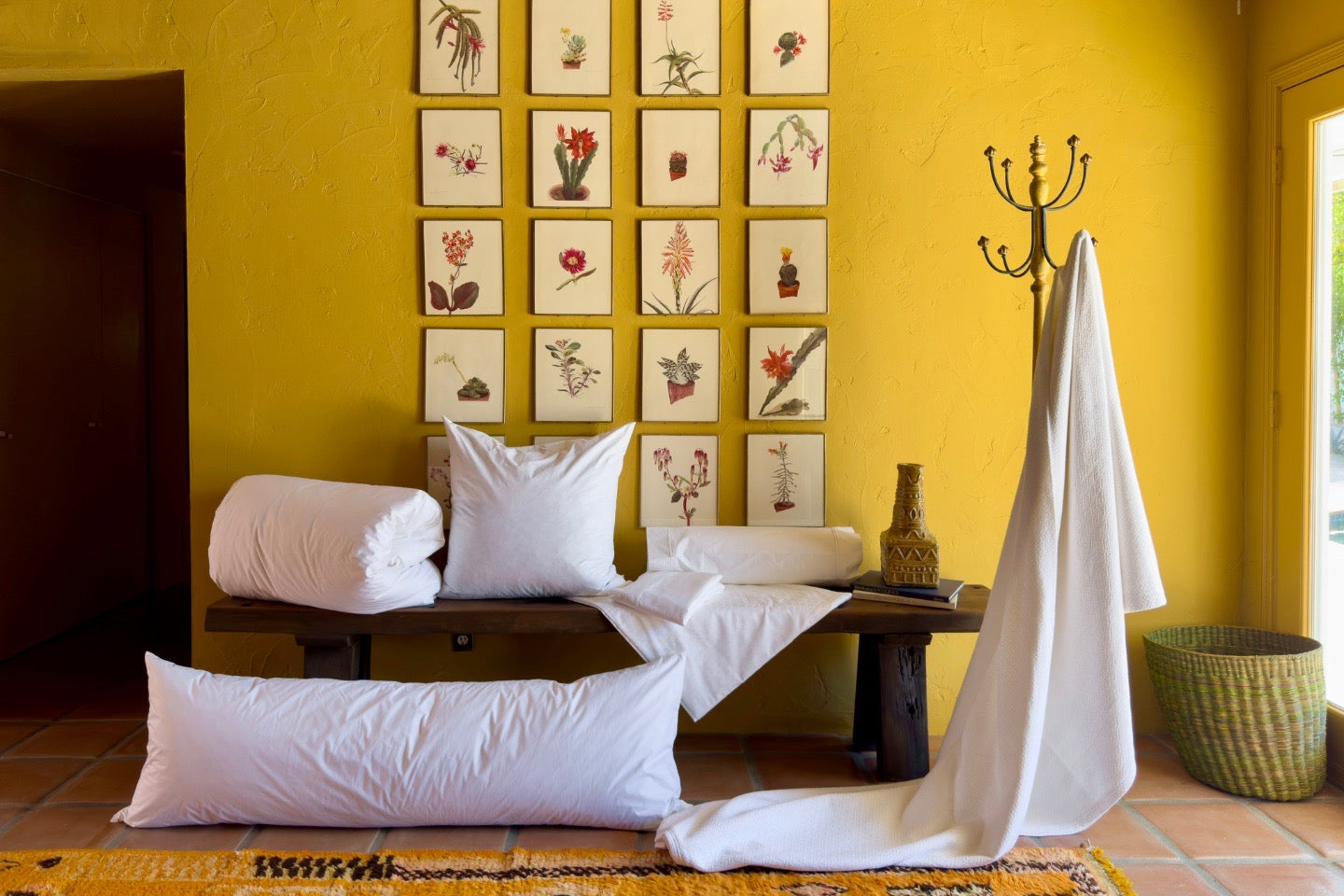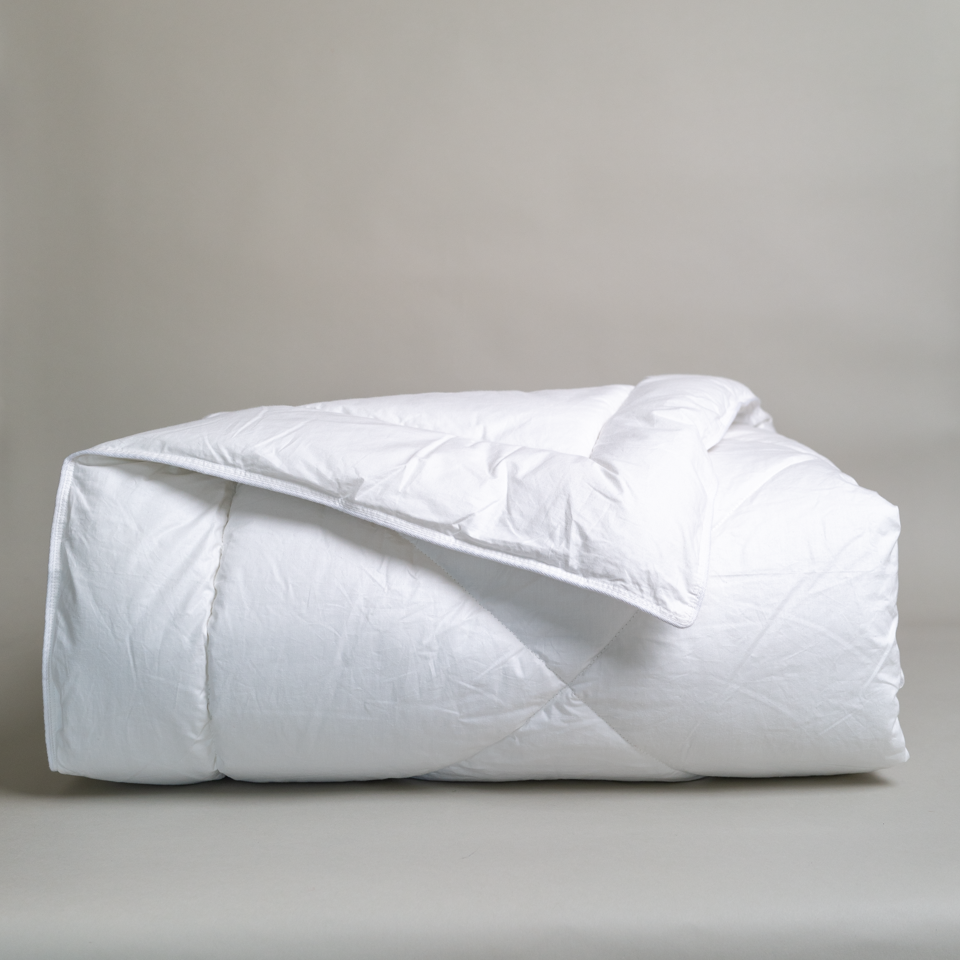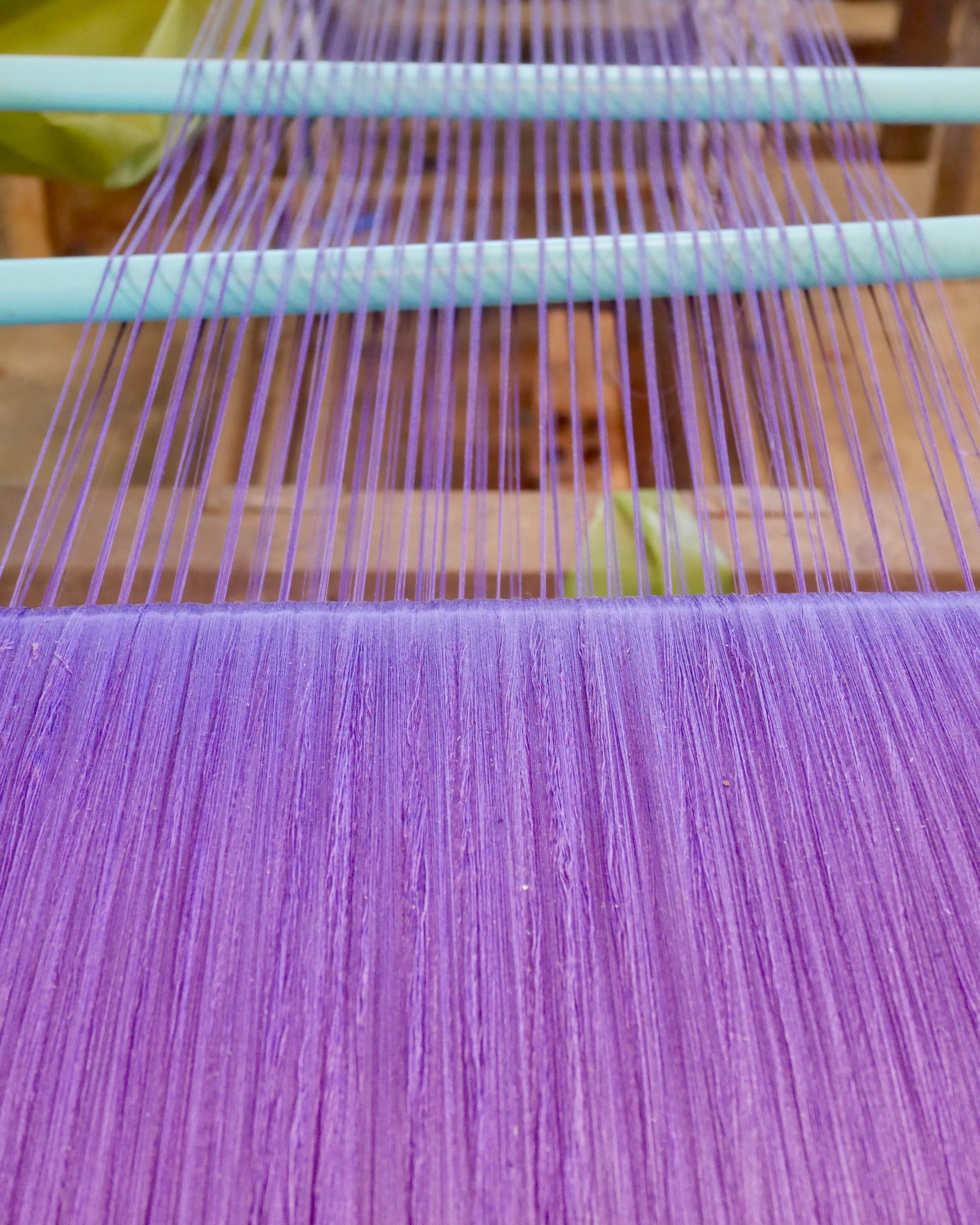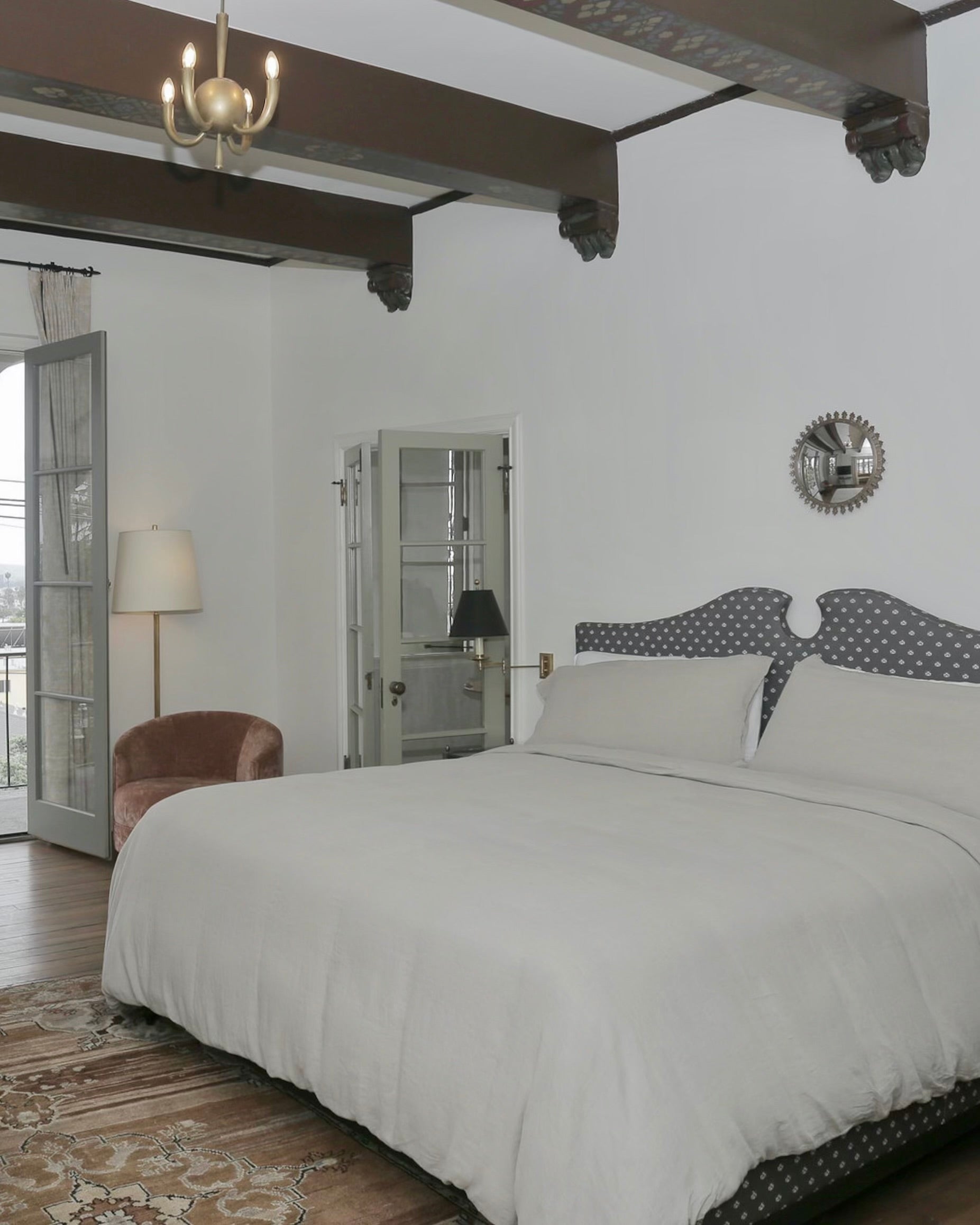Down Etc loves to help our customers pick the perfect pillow for a great night’s sleep. Whether you talk to a Team member or take our Pillow Butler Quiz, we’ll focus on your sleep style and the right fill, firmness, size, and shape pillow to match that sleep style.
Once you’ve found the right pillow—and protected it with a zippered pillow protector—you’re ready to select a pillowcase. The feel of the fabric is critical as this is the fabric on which your face will be resting all night. For those who want some extra care for their skin and hair, we recommend sleeping on silk. That’s the reason we created our Tiara Silks® Aromatherapy Pillowcases, which are made of whisper-soft silk charmeuse.
Your Skin and Hair Deserve Special Treatment
Often, when we discuss silk, the subject of satin arises. It’s important to understand the difference when choosing your pillowcase.
What is silk?
Silk is a natural protein fiber produced by mulberry silkworms. Its origin is ancient and clouded in legend although it is believed to have begun in China before the middle of the 3rd millennium BCE when it was discovered the thread of the silkworm cocoon could be reeled off, spun, and woven.
Silk can be woven in several ways, which determines the texture and feel. Down Etc’s Tiara Silks® are silk charmeuse, which is a lightweight fabric woven with a satin weave. Very soft and lightweight, a charmeuse weave results in a lustrous front side and a dull back.
What is satin?
While silk is a fiber woven into fabric, satin is a type of weave. A satin weave involves the weft yarn (horizontal) being floated over a number of warp yarns (longitudinal) before going under one warp yarn, with the pattern repeating. In a plain weave, the warp goes over one weft yarn and then under one weft yarn, with the pattern repeating. The fewer interlaces in the satin weave is what creates the smooth and lustrous surface.
Fabric in a satin weave can be made with silk yarn but is often made with synthetics such as polyester. Cotton made with a satin weave is called sateen.
What are the benefits of sleeping on silk pillowcases?
My grandmother, who had her hair done weekly, slept on a silk pillowcase to maintain her style and to benefit her skin. Only now do I realize my grandmother was on to something, and I should have paid closer attention. The smoothness of silk reduces surface friction. With respect to hair, smooth silk pillowcases help maintain styles for longer without mess or frizz. They are particularly beneficial for those with curly, chemically treated, or damaged hair.
The reduced friction also allows skin to glide across the pillowcase, which means less tugging and pulling. Silk is ideal for people with sensitive skin. As silk absorbs less moisture, it will not pull moisture from your skin while you sleep. It will not absorb the face creams and treatments you apply as part of your bedtime routine. This is particularly good news during the dry winter months.
As silk wicks moisture as opposed to absorbing it, silk remains dry and comfortable, warm in winter and cool in summer. There is no need to flip your pillow to find the cool side.
When products are woven from polyester using the satin weave, they are typically less expensive. However, sleeping on polyester as opposed to silk will not have the same benefits to skin and hair.
How do I care for my silk pillowcases?
Unlike polyester and other alternatives, silk takes a bit of care in laundering. Down Etc recommends hand washing or machine washing on delicate in cold water and laying the pillowcases flat to dry. If you choose to wash your pillowcase by hand, place the pillowcase in a basin with cold water to which you have added a gentle detergent. Do not use bleach or fabric softener. Keep like colors together as dye may bleed. After a few minutes, drain the basin and rinse the pillowcase gently.
Never wring the pillowcase. To remove some of the water, you may want to gently roll the pillowcase in a clean, white towel. Unroll the pillowcase and lay it flat to dry. Don't place it in direct sunlight as this may cause fading. With kind care, your silk pillowcase should last a long time.
Wake up looking refreshed after a night sleeping on silk.
-The Team at Down Etc
Read more:
Bedding Buying Guide: The Right Sleeping Pillow for Your Head and Your Bed
DISCLAIMER: You should not rely on any of the foregoing as a substitute for, nor does it replace, professional medical or health and wellness advice, diagnosis, or treatment by a healthcare professional. If you have specific concerns or a situation in which you require professional or medical advice, you should consult with an appropriately trained and qualified specialist, such as a licensed physician, psychologist, or other health professional. Never disregard the medical advice of a physician, psychologist, or other health professional, or delay in seeking such advice, because of the information or content offered or provided on the Site. The use of the Site and all information and content contained thereon is solely at your own ri






